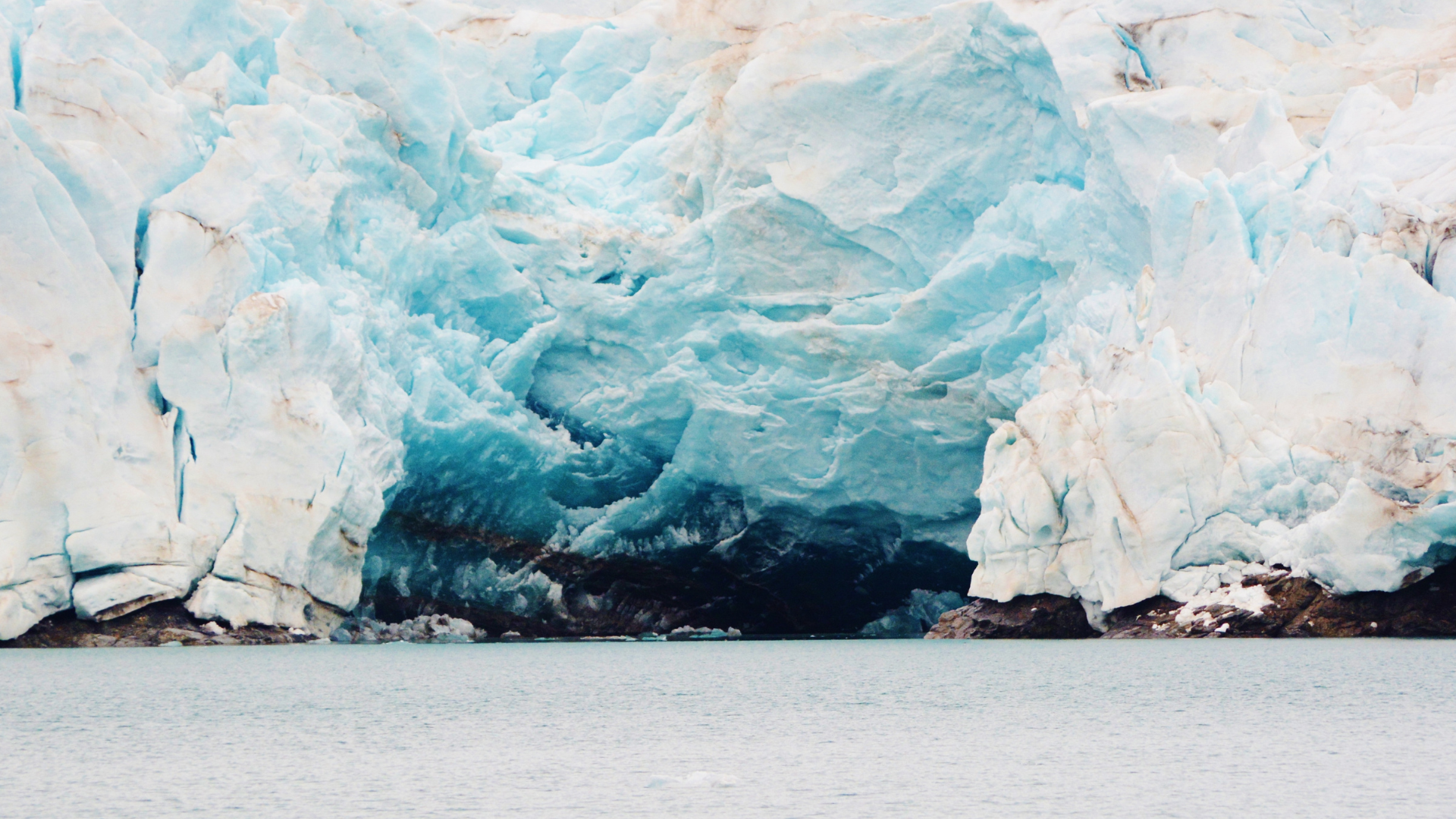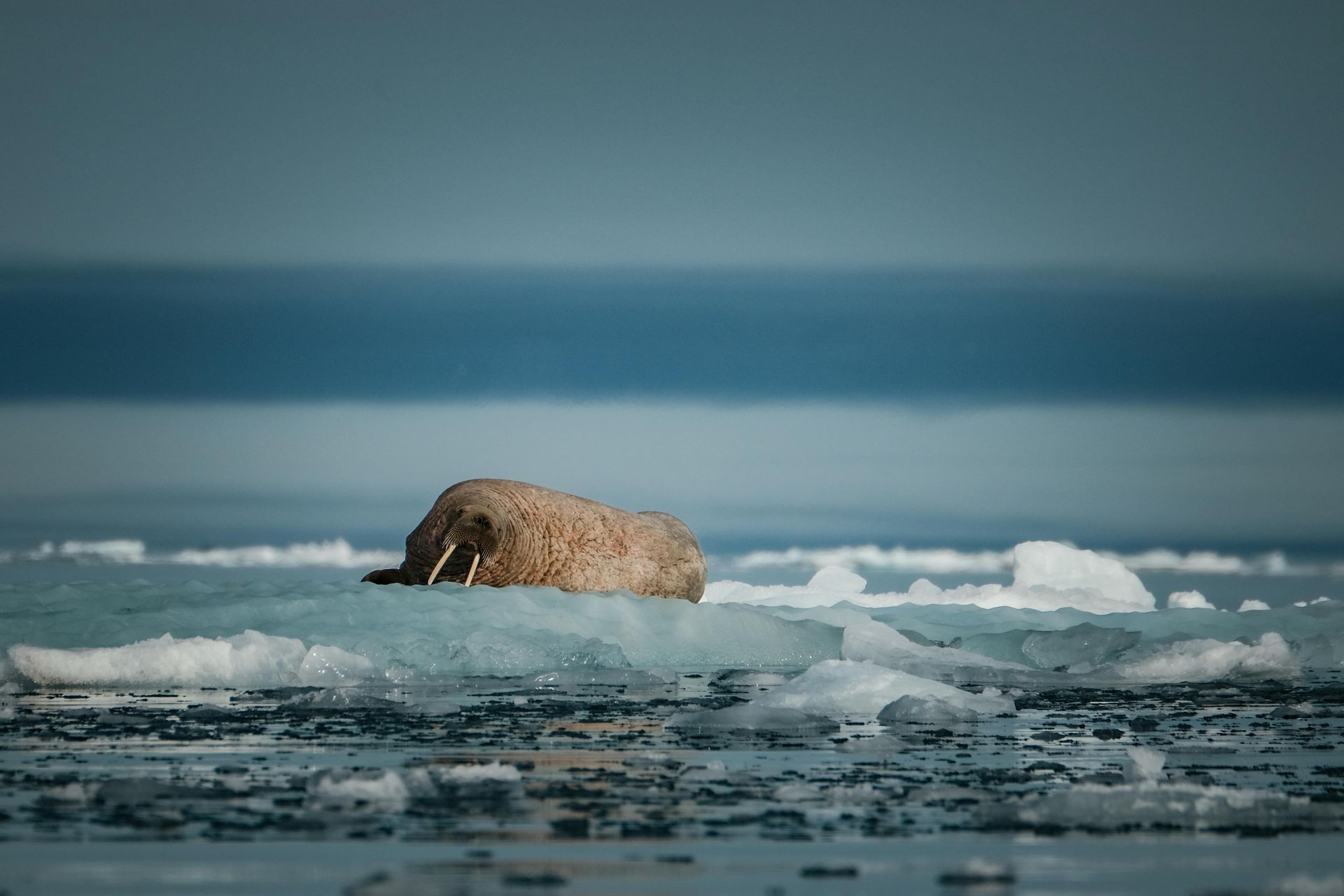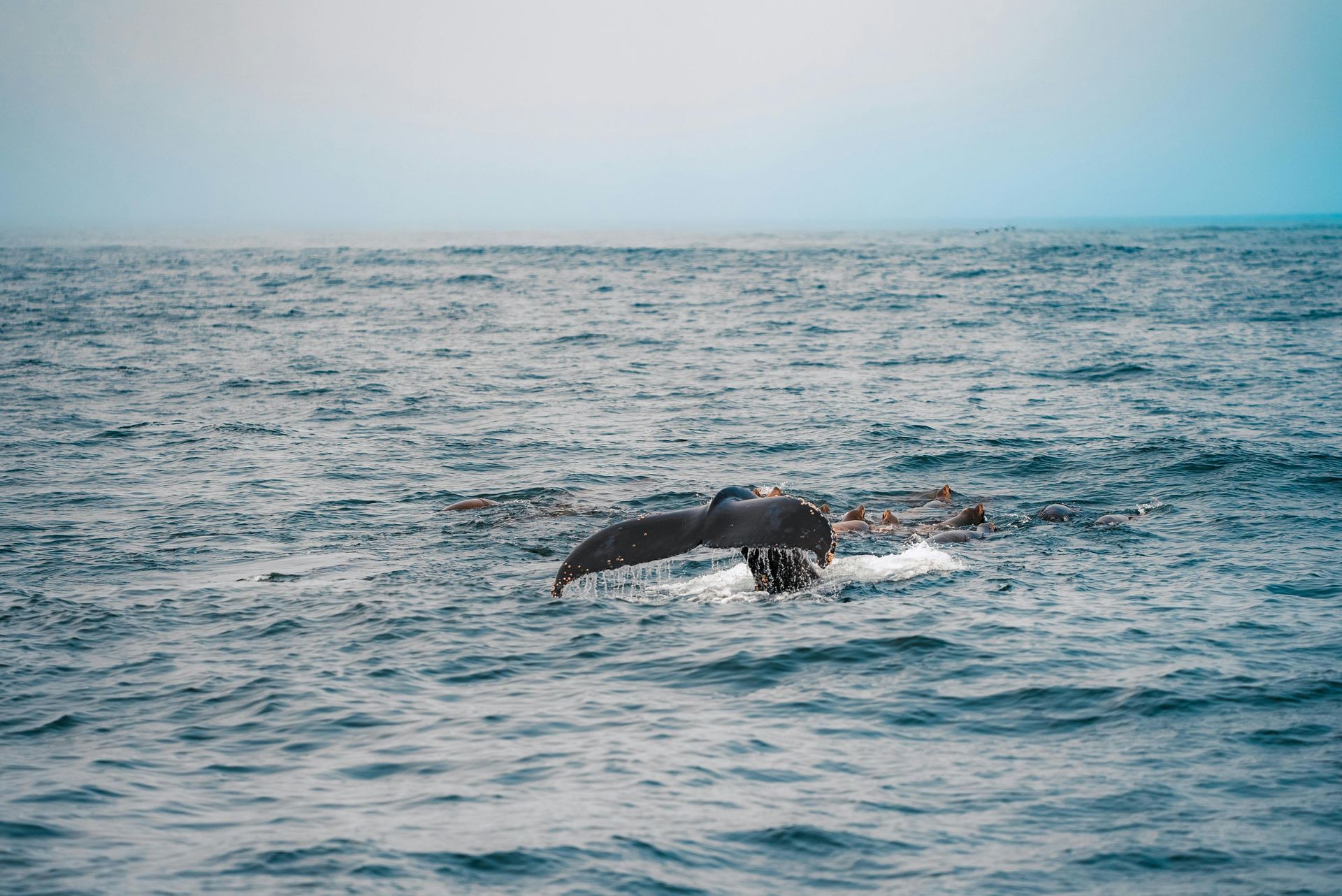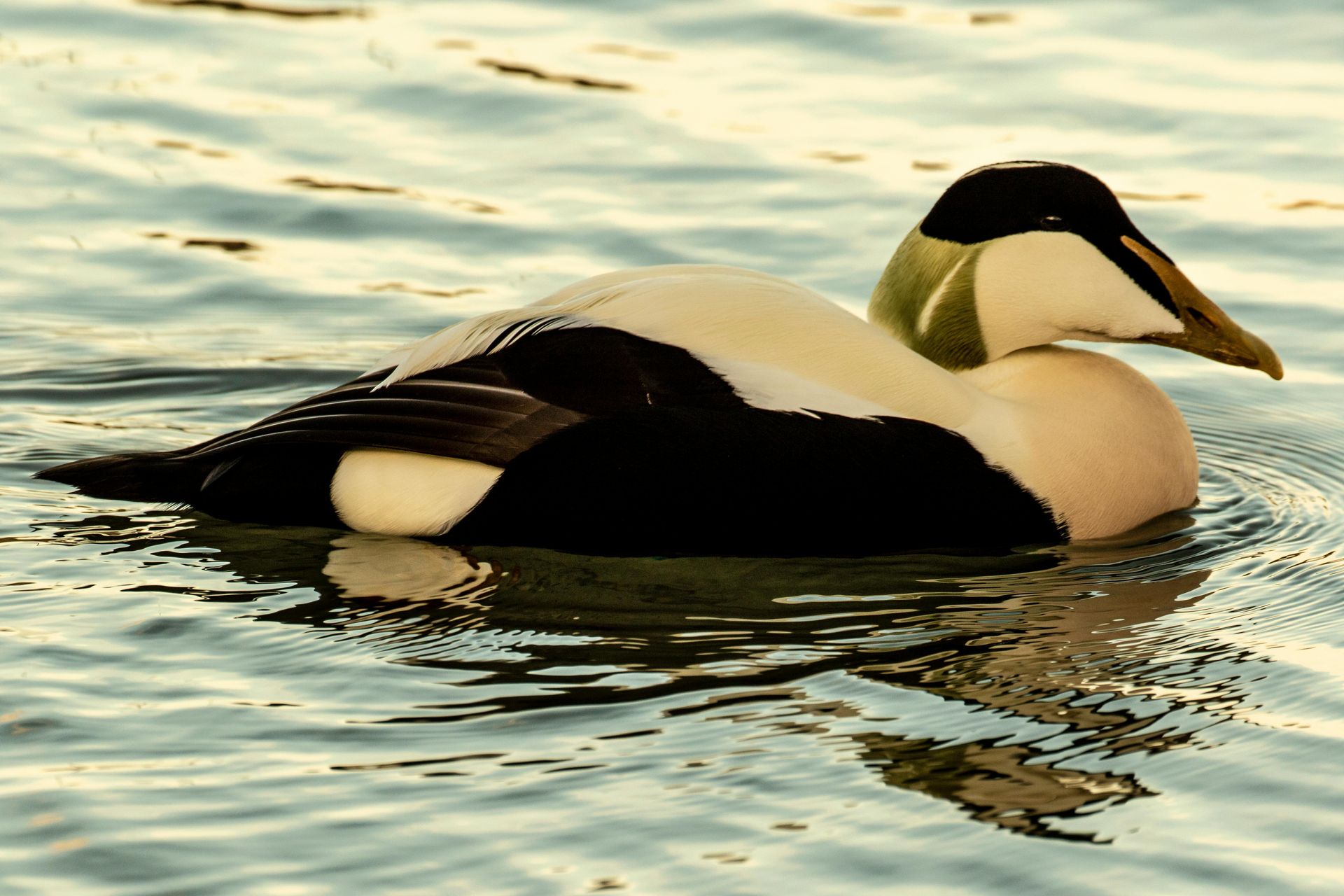Svalbard History Facts in July
Svalbard History Facts in July

July in Svalbard is a time of perpetual daylight, known as the Midnight Sun, offering a unique opportunity to explore the archipelago's rich history. Svalbard's history is a compelling narrative of exploration, scientific discovery, and human resilience. The archipelago was first discovered by Dutch explorer Willem Barentsz in 1596, an event that marked the beginning of European interest in the Arctic. Barentsz's discovery led to subsequent expeditions and the mapping of Spitsbergen, setting the stage for future explorations.
During the 17th century, Svalbard became a focal point for European whaling activities. The Dutch and English established seasonal whaling stations, taking advantage of the abundant whale populations in the surrounding waters. These whalers processed whale blubber into oil, a valuable commodity at the time. The remnants of these early whaling stations, including blubber ovens and gravesites, can still be found across the archipelago, serving as historical markers of this period. The intense exploitation of whale populations had significant ecological impacts, leading to a dramatic decline in whale numbers.
As the 18th and 19th centuries unfolded, the focus shifted from whaling to trapping and hunting. Russian Pomors and Norwegian hunters targeted a variety of Arctic animals, including polar bears, reindeer, and Arctic foxes. This era also saw an increase in scientific expeditions to Svalbard, aimed at studying its unique environment. Notable explorers such as Adolf Erik Nordenskiöld and Fridtjof Nansen undertook significant scientific research, contributing valuable knowledge about the region's geography, geology, and climate.
The early 20th century brought significant changes to Svalbard with the advent of coal mining. The discovery of rich coal deposits led to the establishment of permanent settlements, with Longyearbyen becoming the most prominent mining town. Named after American entrepreneur John Munro Longyear, Longyearbyen emerged as a center of mining activity. The Svalbard Treaty of 1920 was a landmark event, recognizing Norwegian sovereignty over the archipelago while allowing other signatory nations to engage in commercial activities. This treaty remains a cornerstone of Svalbard's legal and political status today.
World War II had a profound impact on Svalbard. The archipelago's strategic location led to the evacuation of its population and the destruction of mining infrastructure to prevent its use by German forces. After the war, efforts focused on rebuilding and revitalizing the settlements. The 1950s and 1960s marked a renewed emphasis on scientific research, with the establishment of various research stations and the initiation of long-term Arctic studies. Svalbard's remote and harsh environment provided a unique setting for scientific research, attracting researchers from around the globe.
The latter half of the 20th century saw a transformation in Svalbard's economic and social landscape. As coal mining declined, tourism and scientific research emerged as the primary economic activities. Longyearbyen evolved into a modern town, catering to a diverse population of scientists, students, and tourists. The establishment of the University Centre in Svalbard (UNIS) in 1993 further cemented the archipelago's role as a hub for Arctic education and research. Svalbard's unique environment continues to draw researchers and tourists alike, eager to experience its Arctic wonders.
In recent years, Svalbard has gained global attention for its role in climate change research and environmental conservation. The Global Seed Vault, which opened in 2008, highlights the archipelago's global significance as a repository for the world's crop diversity. Efforts to preserve Svalbard's unique ecosystem and wildlife are ongoing, with strict regulations in place to protect its fragile environment. The history of Svalbard is a testament to human resilience, scientific curiosity, and the enduring allure of the Arctic.
July in Svalbard, with its endless daylight, offers a unique opportunity to delve into the rich history of this Arctic archipelago. From the early days of whaling and exploration to the modern era of scientific research and environmental conservation, Svalbard's history is a captivating narrative of human endeavor and the quest for knowledge. As the Midnight Sun illuminates the landscape, the stories of Svalbard's past come alive, inviting reflection and appreciation.












